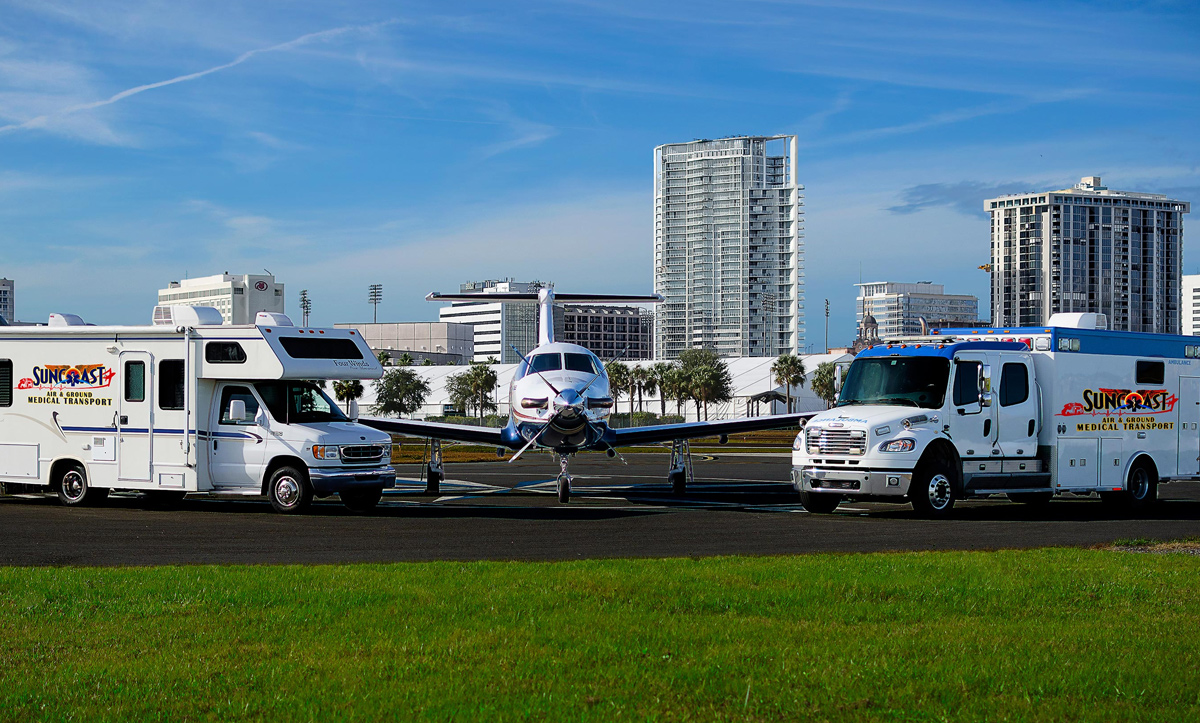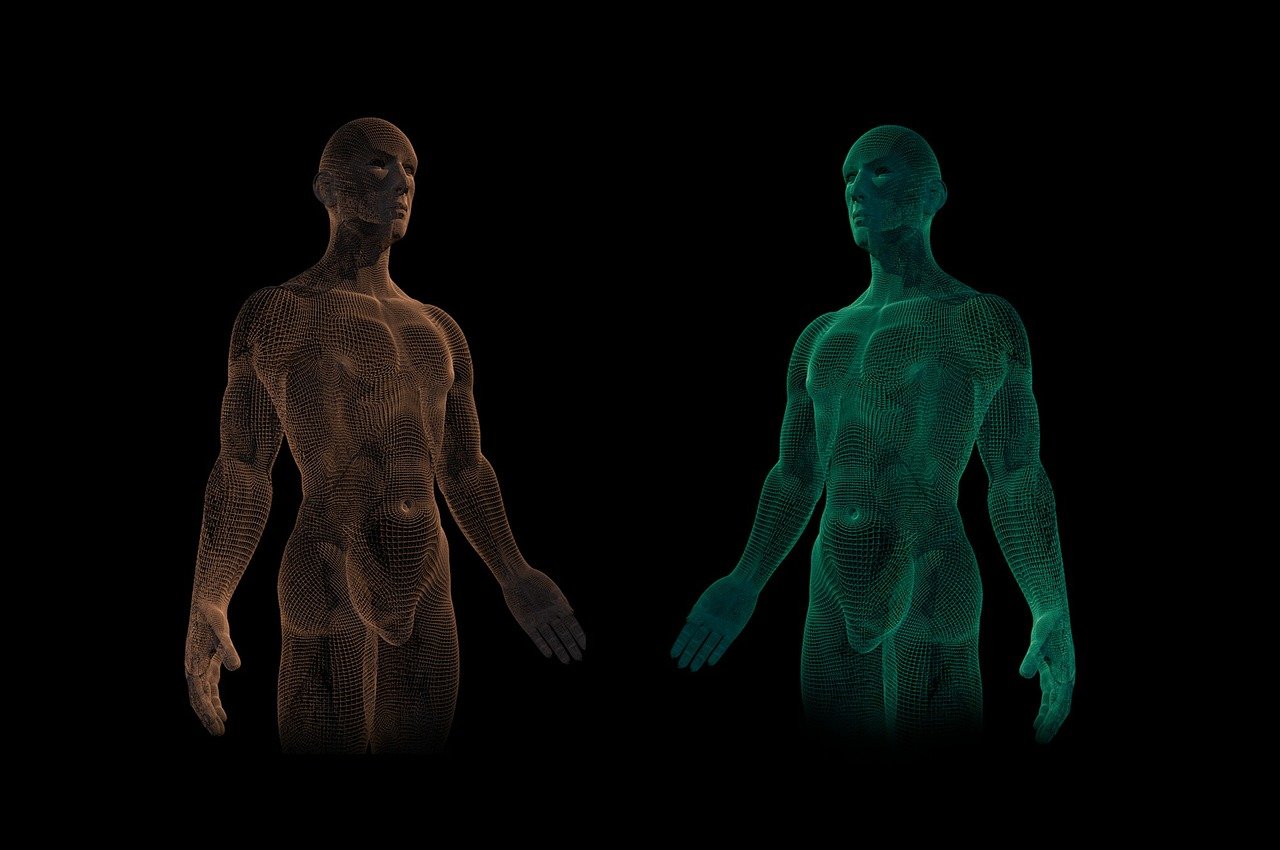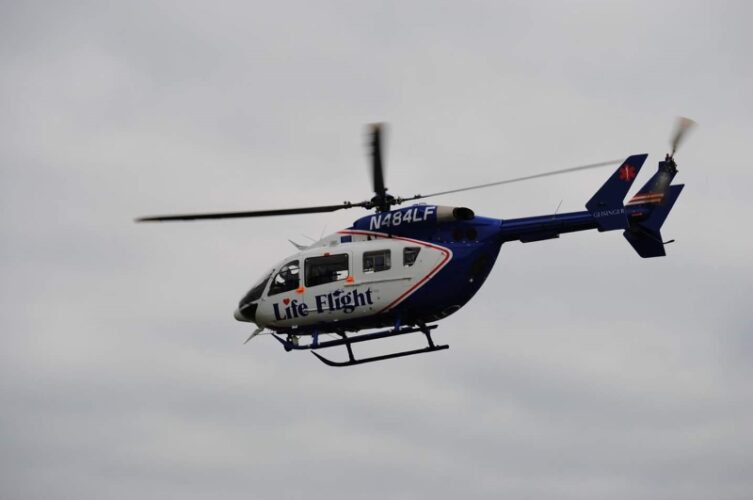In the world of emergency medical services (EMS), time can often mean the difference between life and death. When faced with a critical situation, the need for quick and efficient transportation to a medical facility is paramount. That’s where the synergy between air and ground ambulances comes into play. By working together in a collaborative effort, these two modes of transportation can provide a seamless continuum of care for patients in need. Whether it’s utilizing helicopters to swiftly transport patients from remote locations to hospitals or relying on ground ambulances to provide initial stability and support, the combination of air and ground ambulances ensures that the right level of care is delivered to those who need it most. So, let’s explore how this partnership between air and ground ambulances truly makes a difference in saving lives.
Collaborative Care: The Synergy Between Air and Ground Ambulances
When it comes to emergency medical situations, time is of the essence. Every second counts, and having a well-coordinated and efficient emergency response system is crucial. In many cases, both air and ground ambulances play vital roles in providing timely and effective care to patients. The collaboration between these two modes of transportation is known as collaborative care, and it can make a significant difference in saving lives.

The Importance of Air Ambulances
Air ambulances, also known as medical helicopters or air medical services, are specially equipped aircraft that are designed to transport patients in critical condition from the scene of an accident or a remote location to a healthcare facility. These helicopters are staffed with highly trained medical professionals who are experienced in providing advanced medical care during transit.
One of the key advantages of air ambulances is their ability to quickly reach remote or hard-to-reach locations. In situations where ground transportation would take too long or is not feasible, air ambulances can provide a lifesaving solution. They can rapidly transport patients from accident scenes, disaster zones, or rural areas where there may be limited access to medical facilities.
Air ambulances are equipped with advanced medical equipment and supplies, including cardiac monitors, ventilators, and specialized medications. This allows medical professionals to provide critical care during the flight, ensuring that patients receive the highest level of medical attention from the moment they are picked up until they reach the hospital.
The Role of Ground Ambulances
While air ambulances excel in reaching remote locations quickly, ground ambulances are an essential component of the emergency response system in urban and suburban areas. These traditional ambulances, operated by paramedics and emergency medical technicians (EMTs), are equipped to provide immediate medical care during transportation to the hospital.
Ground ambulances are the first responders in many emergency situations. They can quickly arrive at the scene and initiate life-saving interventions such as cardiopulmonary resuscitation (CPR), wound care, and administering medication. In situations such as heart attacks or strokes, where every minute counts, ground ambulances can often provide the initial critical care that can make a difference in a patient’s outcome.
Additionally, ground ambulances play a vital role in transferring patients between healthcare facilities. They provide a safe and efficient mode of transportation for stable patients who require ongoing medical care but do not require the speed of an air ambulance. This allows air ambulances to focus on the most critical patients, while ground ambulances ensure that all patients receive the necessary care and reach the appropriate medical facility.
The Power of Collaboration
Collaboration between air and ground ambulances is where the true synergy lies. By working together, these two modes of transportation can provide a seamless continuum of care for patients in need. When a call for emergency medical assistance is made, the dispatch center determines the nature of the emergency and assigns the appropriate resources.
In situations where a patient is in a remote or inaccessible location, the dispatch center may prioritize the use of an air ambulance. The air ambulance can quickly reach the scene and stabilize the patient, providing expert medical care. Once the patient is stable, the air ambulance may collaborate with ground units to transfer the patient to the hospital, either through a helicopter landing zone or by ground transportation from a nearby accessible location.
On the other hand, if the patient is in an urban or suburban area, ground ambulances can take the lead. They can respond quickly to the scene and provide initial life-saving interventions. In critical cases where air transport is necessary, the ground ambulance can work in collaboration with the air ambulance to ensure a smooth transition of care. This collaboration allows for a faster response time and decreases the overall time it takes to get the patient to the appropriate medical facility.
Ensuring Effective Collaboration
For the collaboration between air and ground ambulances to be effective, communication and coordination are paramount. Dispatch centers play a crucial role in this process, as they are responsible for evaluating the situation, determining the appropriate resources, and coordinating their efforts.
Modern dispatch centers utilize advanced technology and communication systems to facilitate real-time communication between air and ground units. This allows for the efficient sharing of information, such as patient vitals, medical history, and treatment plans. It ensures that all healthcare providers involved in the patient’s care are well-informed and can work together to provide the best possible outcome.
Regular training and simulation exercises are also essential to maintain the effectiveness of collaborative care. By conducting joint training sessions, both air and ground medical professionals can familiarize themselves with each other’s capabilities, protocols, and equipment. This ensures that when an emergency arises, they can seamlessly work together as a team, minimizing any potential gaps in care.
The Future of Collaborative Care
The synergy between air and ground ambulances continues to evolve as technology advances and new strategies are implemented. Research and innovation in areas such as telemedicine and unmanned aerial vehicles (UAVs) hold great potential for further enhancing collaborative care.
Telemedicine allows medical professionals to remotely assess and treat patients through audio and visual communication. This technology can be particularly beneficial in situations where a physician’s expertise is needed but not physically available on-site. By utilizing telemedicine, ground-based medical professionals can consult with air medical crews, providing real-time guidance and support.
Unmanned aerial vehicles, commonly known as drones, are increasingly being explored for their potential in emergency medical services. Drones have the ability to rapidly deliver essential medical supplies, such as blood, medications, or defibrillators, to remote or inaccessible locations. This can significantly reduce the response time and improve patient outcomes in critical situations.
As technology continues to advance, collaborative care between air and ground ambulances will only become more efficient and effective. The synergy between these two modes of transportation plays a vital role in ensuring that patients receive the timely and comprehensive care they need in emergency situations. By working together, air and ground ambulances are saving lives and making a difference in the field of emergency medical services.



